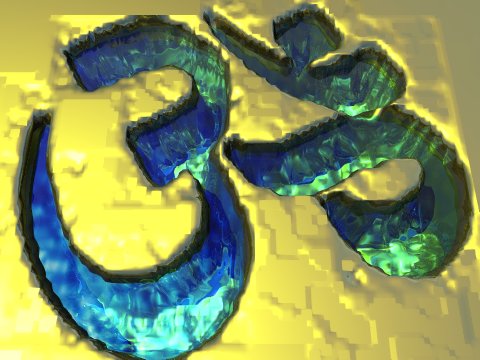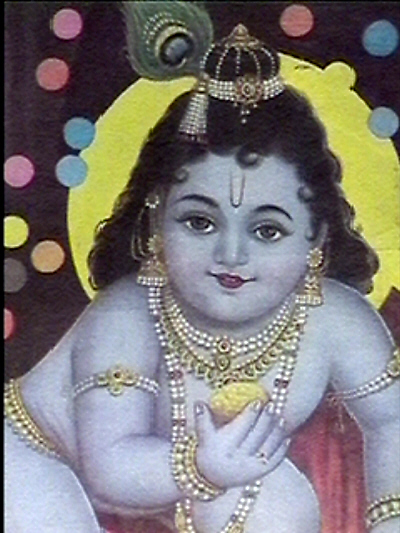
Many Hindus practice Hinduism in different ways depending on their stage in life. Hindus believe that they should complete four stages during the course of their life. The first stage, brahmacharga takes place during schooling and is focused on obtaining knowledge and developing character. During the teenage years they are required to focus on their family, developing a career, and finding a life partner. Once the children become adults, in the vanaprastha stage, they increase their focus on religious practices. At the final stage, sanngasu, they focus entirely on their religious practices.
The basic principles of Hinduism revolve around personal cleanliness, eating habits, family relations, marital practices and manner in which they choose to interact with others.
Many other rituals and practices include:-Funeral Rituals, the body is cremated and their is disposal of ashes which is supposed to remove the pollution of death.
- Ayurveda, an ancient system of medicine and healing.
- Yoga, Hatha Yoga is the practice of meditation that provides physical and breathing exercises and helps complete the ultimate goal of achieving a complete focus of the self. Karma yoga is the yoga of work or action. Bhakti yoga is the yoga of devotion or love to God, and is full of religious practices.
-Namaste Greeting, the gesture is attained by putting your palms together and holding them in front of the heart.
-Puja, a religious ritual that is performed every morning after bathing and dressing but before mealtime. The ritual includes gazing at an image, and supplying an offering such as food or flowers, and sometimes lighting a candle or incense.
Resources used: http://www.religionfacts.com/hinduism/practices.htm
Patterns of Religion



 Sources:
Sources: 



